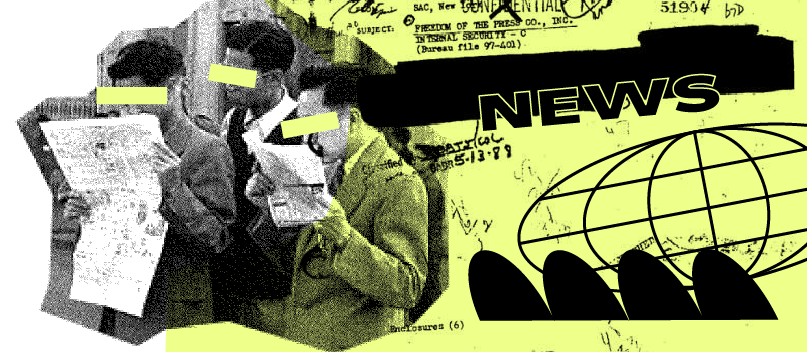But the first online job boards only came into existence in the early 1990s.
And in the past 30 years we’ve gone from clunky job boards that used Boolean search to filter keywords, to sophisticated AI-driven chatbots, designed to streamline the hiring process for both recruitment professionals and job seekers alike.
5 roles hiring across the UK
- Technology Engineer, Kier Group, Dummer
- Product Manager (Technology), Finning International, Cannock
- Technology Partner, Valcon, London Area
- Technology Lead - Cloud, Leidos, Whiteley
- Information Technology Intern, SLB, London Area
Recent developments
And it doesn’t end there. Once you find the job you’re looking for, there are a plethora of AI-driven CV templates you can access online to help you craft the perfect CV based on the job description and your own experience to do.
You can also bet that an AI-driven ATS (applicant tracking system) is screening your CV before a human has even had a chance to so much as glance at it—in 2024, 98% of Fortune 500 companies were using an ATS to filter candidates.
Advances in technology are now taking this process one step further and AI-powered platforms that can efficiently and prudently start the preliminary stages of the interview process (so real life recruitment professionals don’t have to) are becoming increasingly common.
This also includes candidate data analysis and scheduling interviews with candidates.
However, many companies are taking AI-assisted interviewing one step further via video platforms and voice recordings so that candidates are met with a blank screen before a series of questions start coming their way.
These so-called robot interviewers can detect certain emotions from voice tone, along with body language and facial expressions to decipher if the candidate is the right fit for the role, beyond what’s written on their CV.
In the EU, the AI Act clearly specifies that high-risk AI systems used in recruitment and HR practices must undergo strict assessments to ensure compliance with safety and ethical standards.
Meanwhile here in the UK, the Department of Science, Innovation and Technology has published detailed guidance on Responsible AI in Recruitment and sets out a range of recommended measures to streamline the UK’s AI regulatory principles.
That said, there is no law that clearly stipulates how AI should and shouldn’t be used in the workplace, and there are mounting concerns that bias might come into play when AI is used extensively to sort and screen candidates.
If you can’t beat them…
Wasting your time and energy debating the merit and fairness (or unfairness as the case may be) of AI practices during the hiring and interview process won’t do you any favours, particularly in the current job market which is becoming increasingly competitive, even for highly-skilled tech workers.
Instead, think about how you can brush up on your application and interview skills in particular so that you aren’t being left behind.
When it comes to creating your application or submitting your CV, ensure your skills and experience are adapted to the job you’re applying for.
While you shouldn't augment your skills or experience or provide false or misleading information, if the job description clearly states that it is looking for a particular set of skills, leaving these off your CV will most likely mean yours never gets passed the first set of screening parameters.
Next, when preparing for your interview or initial screening call, it’s best to prepare your answers following a set format as this will prevent you from going off on a tangent or waffling.
The STAR method (situation, task, action, result) is a great framework to help you weave in your experience, skills and approach to problem-solving while also highlighting your key results.
Whatever way you decide to phrase your value in an interview situation, the main thing is that you are as prepared as possible.
Discover open roles all across the UK on the Maddyness Job Board today











